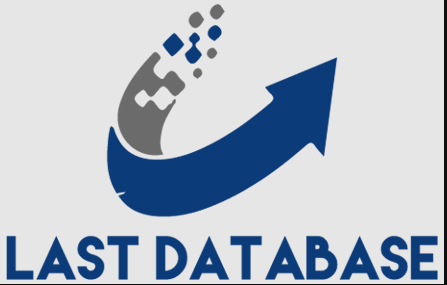Communicating with executives is a crucial skill in the business world, as it often involves conveying important information, seeking guidance, or presenting ideas. Writing an email to executives requires a certain level of professionalism and respect to ensure your message is well-received and understood. In this article, we will discuss some essential tips on how to address an email to executives effectively.
- Use Formal Salutations
The way you address executives in your email sets the tone for the entire communication. Always use a formal salutation that includes their title and last name, such as “Dear Mr. Smith” or “Dear Dr. Johnson.” This shows respect for their position and establishes a professional rapport right from the beginning.
- Research Their Position and Responsibilities
Before drafting your email, take some time to research the executive’s role, responsibilities, and recent achievements. This not only demonstrates your genuine interest but also helps you tailor your message to their specific concerns and priorities.
Craft a Clear and Concise Subject Line
The subject line is the first thing executives will see in their crowded inboxes. Make it clear, concise, and relevant to the content of your email. A well-crafted subject line can capture their attention and encourage them to open your message promptly.
- Get to the Point
Executives often have limited time, so it’s crucial to get to the main point of your email quickly. State your purpose in the opening paragraph to Payroll Directors Email Lists provide context and set the tone for the rest of the message. Avoid lengthy introductions or unnecessary background information.
- Highlight the Value
When addressing executives, focus on how your message brings value to their responsibilities or the organization as a whole. Whether you’re presenting a proposal, requesting input, or providing updates, emphasize the benefits and outcomes they can expect.
- Be Clear and Direct
Avoid vague language or ambiguous statements. Be clear and direct in your communication. Use specific examples, data, or evidence to support your points. This approach demonstrates professionalism and builds credibility
Use a Professional Tone
Maintain a professional and respectful tone throughout your email. Avoid overly casual language, jargon, or slang. Your email should reflect your professionalism and attention to detail.
- Proofread and Edit
Errors in grammar, spelling, or formatting can diminish your credibility, especially when communicating with executives. Take the time to proofread and edit your email before sending it. Consider using tools like spell checkers and grammar checkers to catch any mistakes.
- Include Relevant Attachments
If your email requires attachments, ensure they are relevant, well-organized, and appropriately labeled. Clearly explain the purpose of each attachment within the body of the email.
- Express Gratitude and Close Professionally
Conclude your email by expressing gratitude for the executive’s time and consideration. Use a polite and professional closing, such as “Thank you for your attention” or “Best regards.” Your closing should leave a positive impression and encourage a potential response.
Conclusion
Effectively addressing an email to executives requires a combination of respect, professionalism, and clear communication. By following these Book Your List tips, you can increase the likelihood of your message being read, understood, and appreciated by executives. Remember, a well-crafted email can open doors for collaboration, decision-making, and building lasting relationships within your organization.







